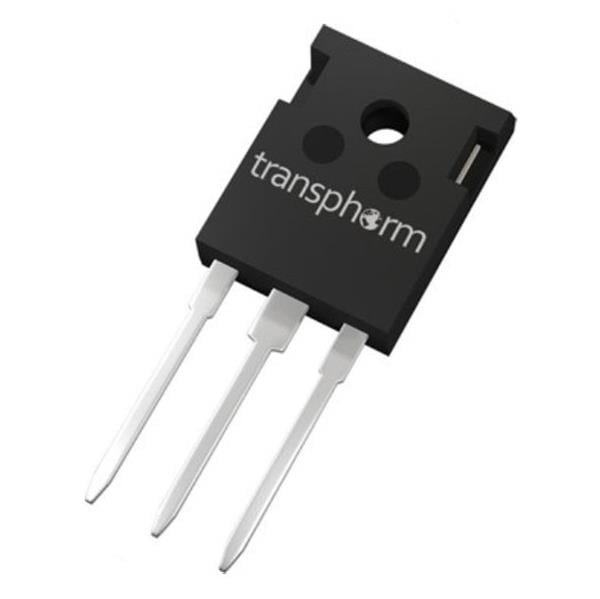Five years ago, most audio engineers would have bet that silicon MOSFETs still had plenty of runway in Class D designs. Then Gallium Nitride (GaN) FETs hit the scene—and suddenly the goal posts moved. Today, GaN-powered amps push >96 % efficiency, run cool to the touch and sound startlingly “analog” despite their switching DNA. Let’s unpack how we got here—and why GaN is reshaping everything from desktop DAC-amps to stadium PAs.
1. What Makes GaN So Special?
GaN is a wide-bandgap semiconductor. In plain English, that means it can shrug off higher voltages and temperatures than silicon while switching a lot faster. The table below highlights the numbers that matter:
| Metric | Silicon MOSFET | GaN FET |
|---|---|---|
| Bandgap | 1.1 eV | 3.4 eV |
| Typical RDS(on) | 10–20 mΩ | 1–6 mΩ |
| Switching rise/fall | 30–60 ns | 3–10 ns |
| Max PWM frequency (audio) | ≈400 kHz | 800 kHz + |
Lower RDS(on) and microscopic parasitic capacitances trim both conduction and switching losses—two enemies of efficiency.
2. A Quick Refresher on Class D
Forget the misnomer “digital amp.” A Class D stage is really a high-speed switcher that converts analog audio into pulse-width-modulated square waves, routes them through a low-pass filter and restores the music at the speaker terminals. Efficiency can soar past 90 % because the output devices are either fully on or fully off—at least on paper.
Reality adds wrinkles: every transition costs energy, “dead-time” gaps create distortion, and fast edges love to radiate EMI. That’s where GaN earns its keep.
3. Where GaN Changes the Game
3.1 Blistering Switch Speeds
GaN FETs snap on/off in single-digit nanoseconds. Faster edges let engineers double the switching frequency, pushing residual noise above 40 kHz so filters can shrink—and distortion drops with them.
3.2 Minimal Dead Time
Because GaN devices lack the slow body diode found in MOSFETs, they can run with dead times under 20 ns. Harmonic distortion plummets, especially in the treble where the ear is most sensitive.
3.3 Cooler, Denser Hardware
Real-world GaN amps routinely hit 96–97 % efficiency. Less heat means smaller—or no—heatsinks, freeing space for bigger power supplies or slimmer cabinets.
4. Designing a GaN Class D Amp
4.1 Gate Drive Nuances
GaN prefers a 5–6 V gate swing (not 10–12 V like silicon). Modern GaN-tuned drivers provide the right voltage, millivolt-level slew control and tight propagation delay matching between high-side and low-side FETs.
4.2 Output Filter Tweaks
Bump the PWM to 1 MHz and you can cut inductor values by half. Smaller L-C filters improve transient response and shave BOM cost—assuming your PCB layout keeps loop areas tiny.
4.3 EMI/PCB Layout
- Keep high-di/dt loops under 15 mm.
- Use solid ground and power planes; stitch vias liberally.
- Place snubbers and bootstraps within a centimeter of the FET tabs.
Yes, GaN’s edges are razor-sharp, but their higher frequency means smaller, cheaper EMI filters handle the leftovers.
5. What Does It Sound Like?
Blind tests at 2024’s Munich High End show gave seasoned audiophiles a surprise: properly voiced GaN amps matched—some say beat—the fluid midrange of top-tier Class A/B gear while preserving the slam and grip Class D fans love. Expect THD+N around 0.002 % at 10 W and an inky-black noise floor.
6. Real-World Payoffs
- Active speakers: slip a 200 W module inside a bookshelf cabinet without cooking the tweeter.
- Portable & battery-powered: 30 % longer play time at the same SPL versus silicon designs.
- Automotive: lighter amps mean better fuel economy or EV range—not marketing fluff, but measurable watts.
7. Market Adoption & Roadmap
The Class D sector topped $3.6 billion in 2024, and GaN is the fastest-growing slice. Chip makers such as GaN Systems, Infineon CoolGaN and EPC already ship reference modules that drop into existing designs. Next steps?
- Higher integration: “amp-on-chip” SOCs with built-in DSP and protection.
- Cost curve: 20 % annual price erosion as fabs scale 200 mm GaN wafers.
- Smarter amps: embedded telemetry for temperature, load impedance and clipping—ideal for networked audio ecosystems.
Conclusion
Gallium nitride isn’t just another incremental upgrade—it’s a materials revolution. By merging near-perfect switching efficiency with audiophile sonics, GaN Class D amplifiers give designers free rein to shrink enclosures, slash heat and still chase reference-grade fidelity. Expect to see (and hear) GaN inside everything from $200 Bluetooth speakers to six-figure studio monitors. The next time your favorite track makes the hairs on your arm stand up, thank a tiny slab of GaN silently flipping billions of times per second.




